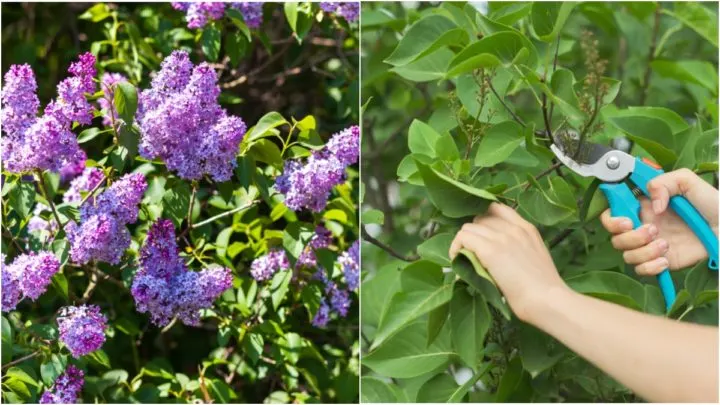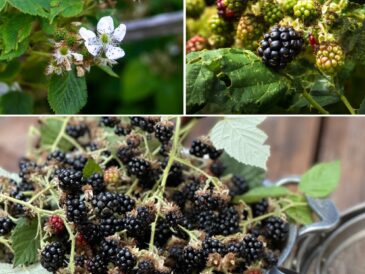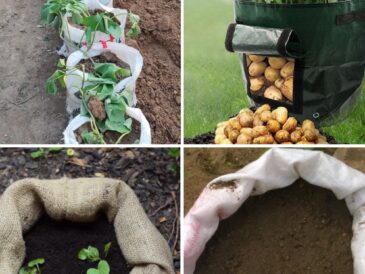Enchanted gardens with phenomenal lilac fragrance in spring. What better way to break the flower fast of winter?
Knowing how and when to prune your lilacs will give you brilliant blooms year after year.
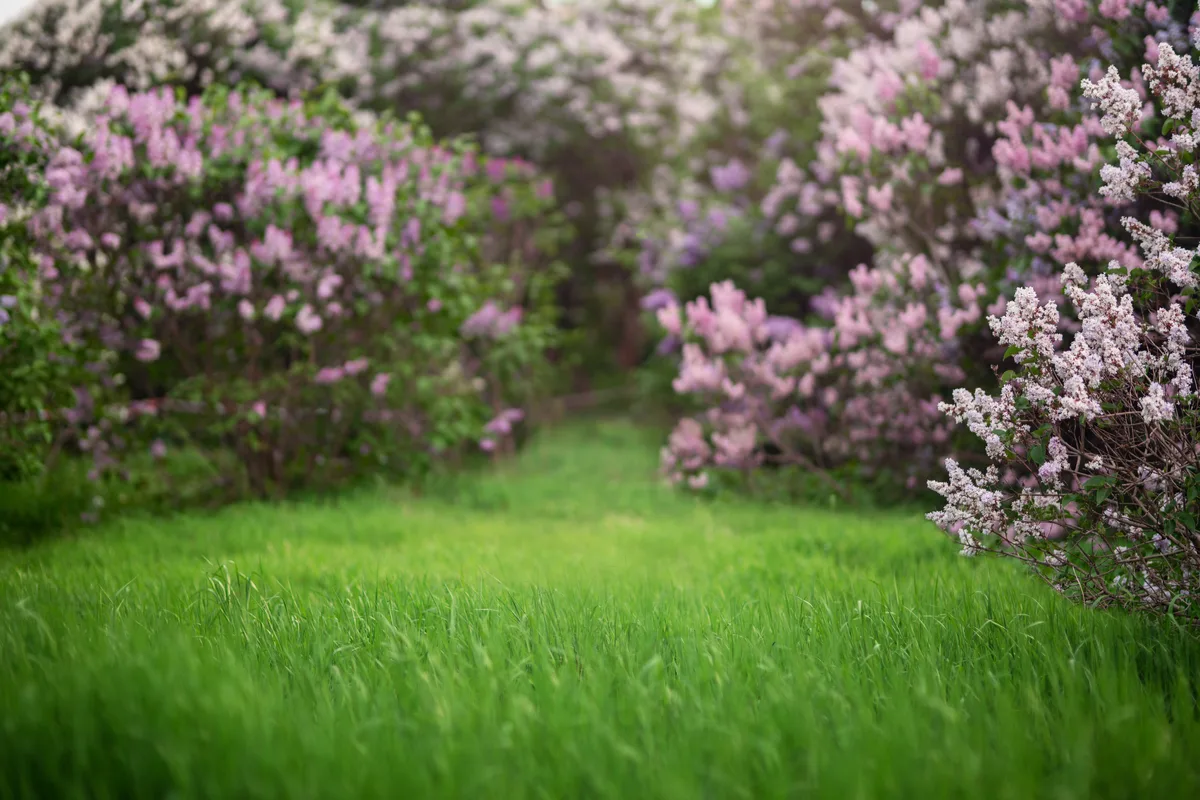
They grow moderately slowly with the best performance in full sun in rich neutral to alkaline soils.
While these delightful shrubs take a few years to get going, they reliably produce lavish lilac plumes for years, sometimes generations.
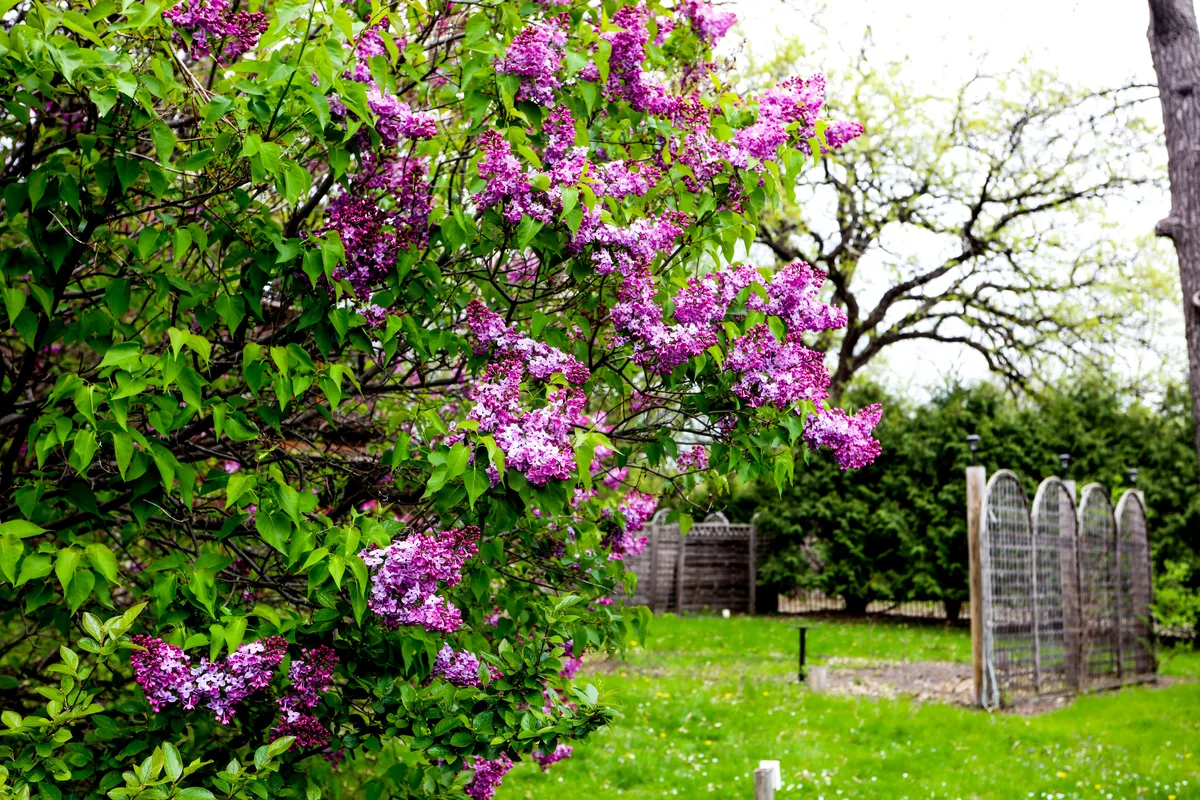
Even left alone, lilacs will perform their seasonal fragrance festival, however, there are some tricks to maximize bloom output.
The Sweetness of Spring
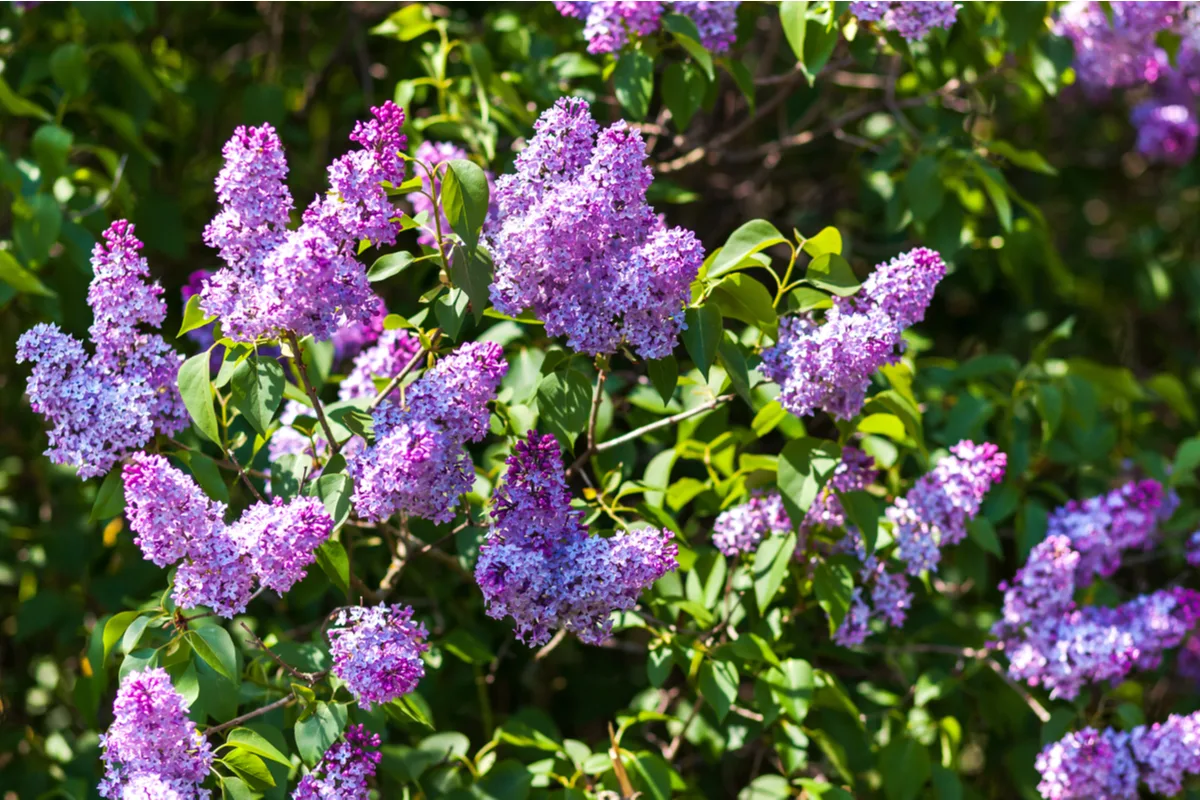
Lilacs are a historically delightful, multi-stemmed shrub that blooms early in spring on last year’s wood.
This means that lilacs start forming next year’s flowers right after their luscious fragrant panicles of picture-perfect blossoms start to fade.
Hot Tip* Only prune lilacs right after they bloom to avoid removing next year’s blossoming fragrance festival.
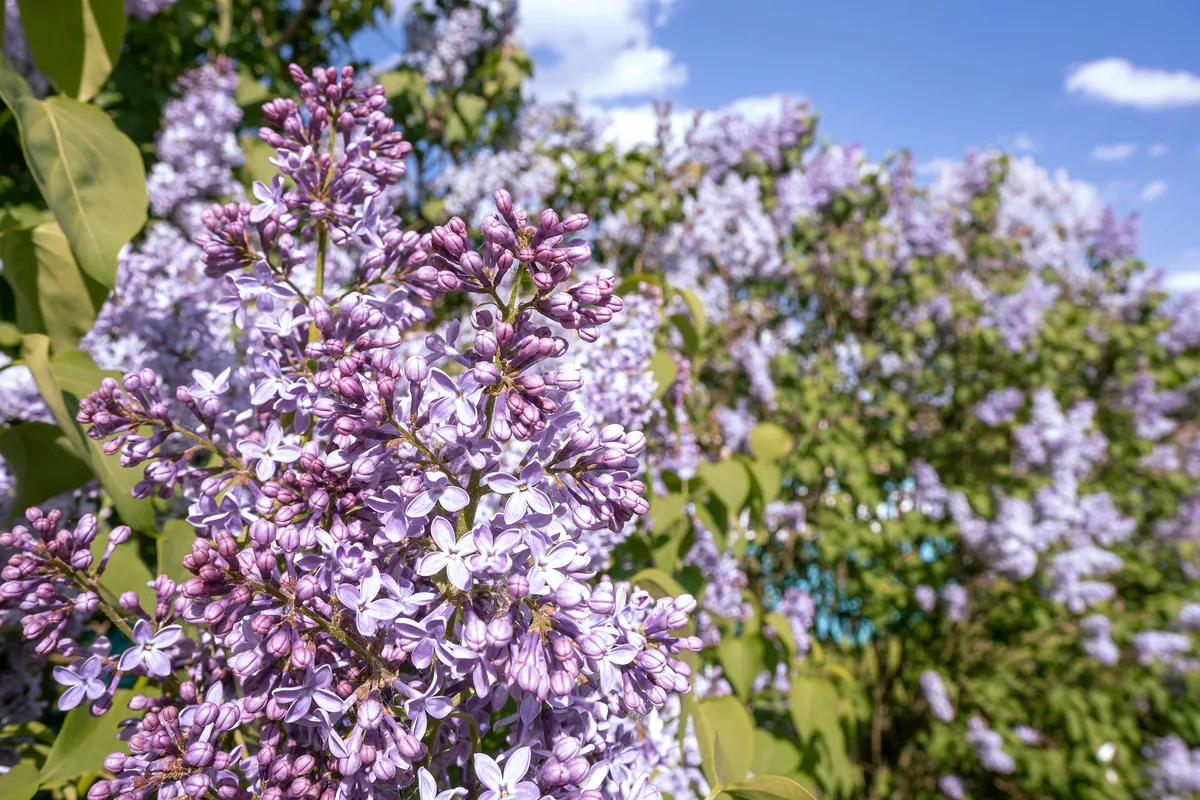
Many things can affect lilacs’ spring-blooming such as weather, moisture, and plant and soil health. Keeping these in mind while protecting next year’s buds through summer and fall will yield masses of enchanting lilac flowers.
Lilac Pruning Step #1:
With a pair of pruners, harvest lilac panicles for gorgeous bouquets and crafts. Cut lilac stems right above the next non-blooming set of leaves. Next year, each of those shoots will burst into bloom.
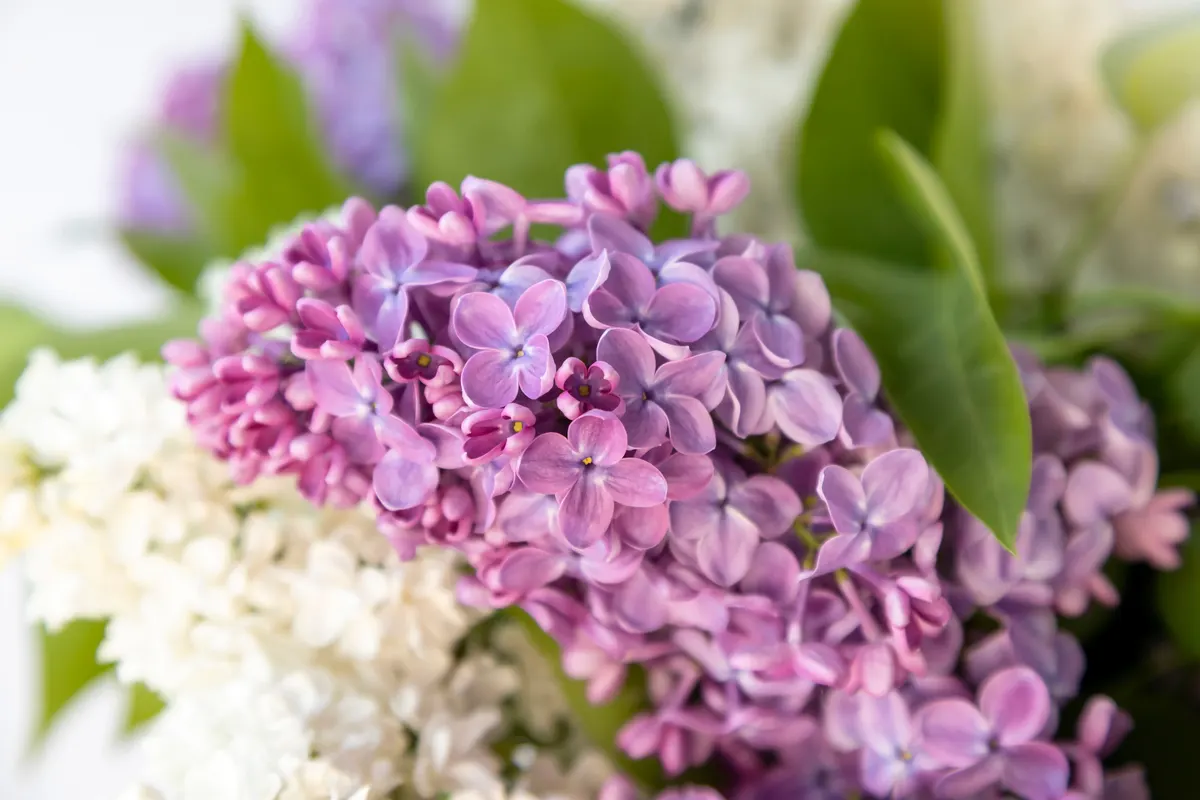
Spring’s Bountiful Harvest
Bring spring inside with bushels of fragrant lilac sprays.
Not only will you fill every vase you own, but you will also motivate your lilac to give you even more flowers next year!
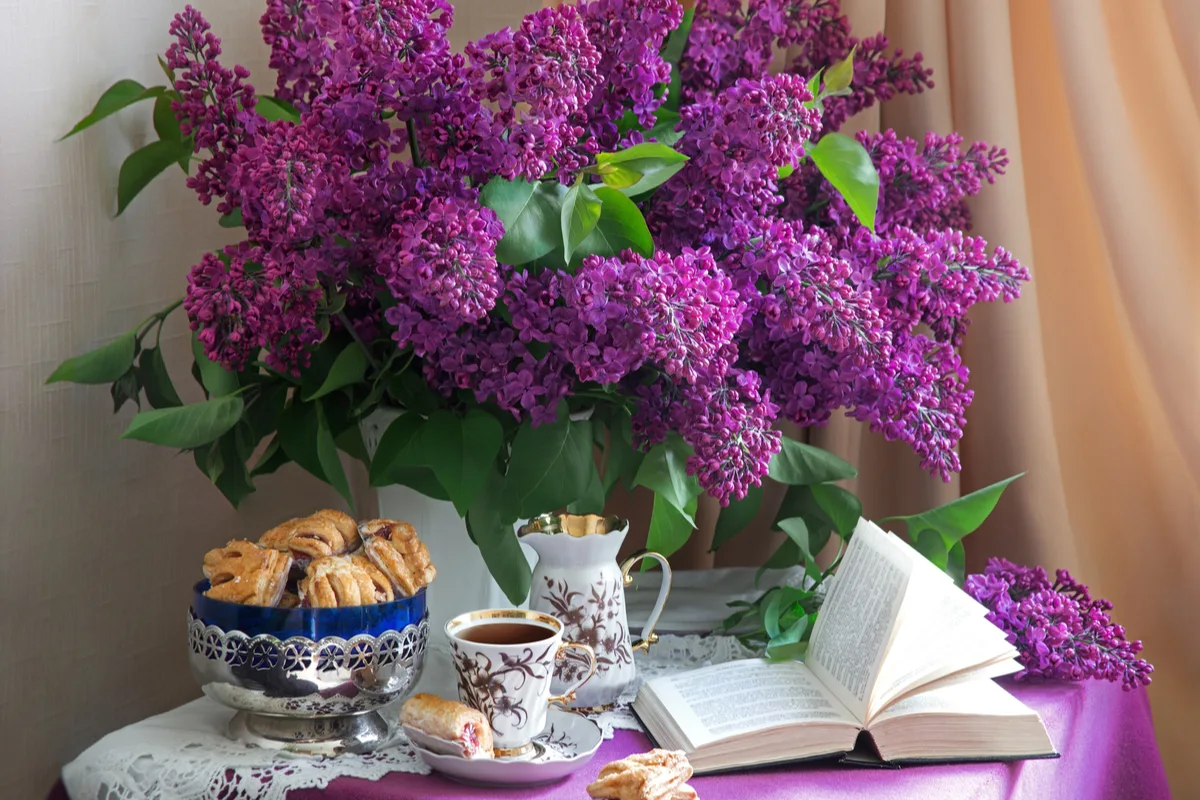
How To Make Your Lilac Bouquets Last
- Choose panicles that have ¾ of the blooms open.
- Harvest in the cool early morning and place directly in cool, fresh clean water.
- Remove all leaves. If you want the leaves for greenery in your bouquet, just separate them from the blooming stems.
- Lilac bouquets will fade in hot direct sunlight, so place them in a cool area out of direct light.
More Lilac Flower Uses
Lilac flowers are surprisingly edible and carry a host of medicinal benefits too.
The enticing lilac fragrance can be imparted in tea or infused in honey, oil, or vinegar for next-level elegance.
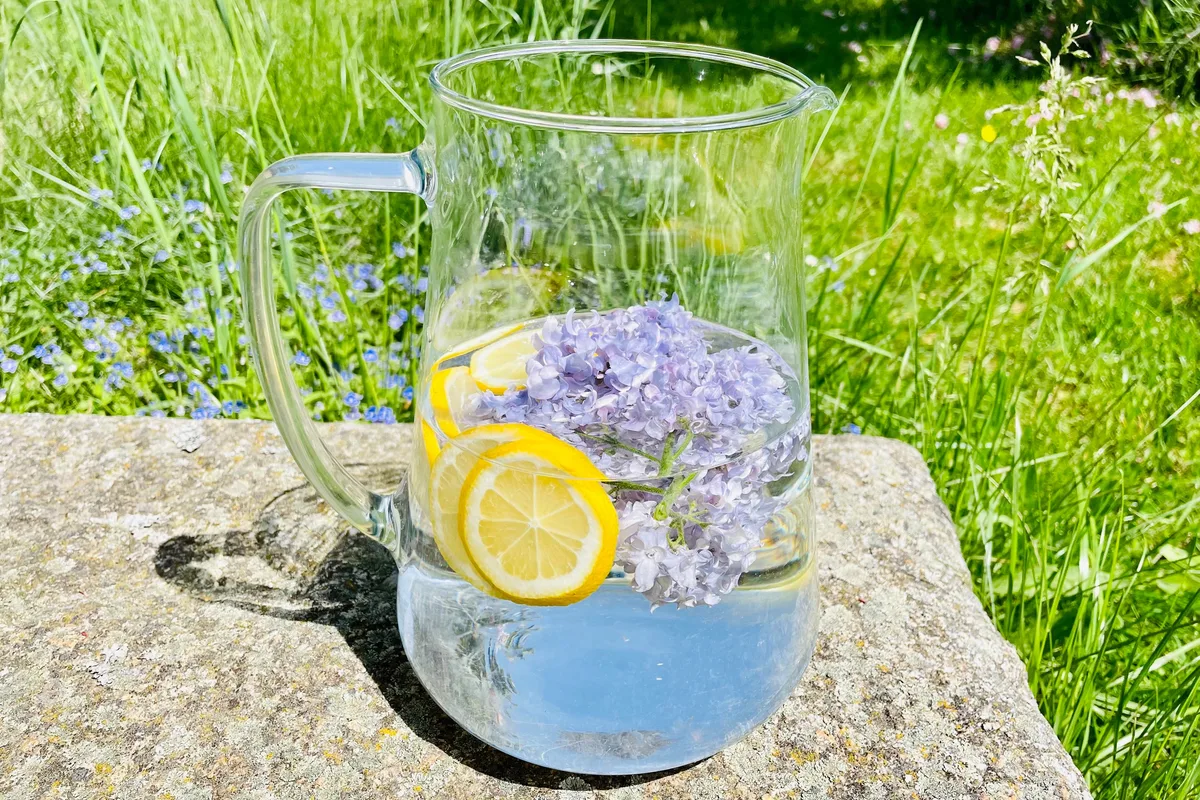
The tiny, immaculate lilac flowers, methodically removed from stems, dry beautifully for salad or dessert decorating.
The flowers maintain their color and fragrance if dried in a cool, dark place with excellent air circulation.
CONTINUE READING IN PAGE 2
